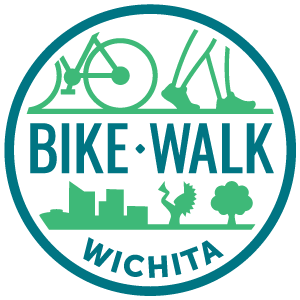Basic Guidelines for Group Rides
Provide Camaraderie and Support – Remember we are a social recreational bicycle club. Watch out for you fellow cyclist before, during and after the ride. Help make newcomers welcome by introducing yourself. Dont immediately spin off to join up with your old cycling buddies, but spend a portion of the ride with the new cyclist. Give them some information on the club, the route and introduce them to your friends. If the newcomer appears to be having gear or equipment problems, dont pedal impatient circles in the parking lot, get off your bike and offer some assistance. The ride will get moving that much quicker and you may need the favor returned some day.
Be Punctual – Arrive at the ride start with your gear and equipment ready to ride. Accidents and equipment failures happen, so plan to arrive early enough to repair a flat or perform minor adjustments. Check your gear the night before so you your fellow riders won’t have to wait while you hunt the missing glove or sock.
Be Predictable – Group riding requires even more attention to predictability than riding alone. Other riders expect you to ride straight, at a constant speed, unless you indicate differently.
- Change Positions Correctly – Generally, slow traffic stays right, so you should try to pass others on their left. Say “on your left” to warn the cyclist ahead that you are passing. DO NOT PASS ON THE RIGHT. In many cases a cyclist may not hear or be aware of you approaching them from behind. An unexpected noise may cause that cyclist to swerve in your direction when you pass. If approaching a lone cyclist, the offer of “good morning” or “nice day for a bike ride” lets the cyclist know your position and intent to pass.
- Watch Out At Intersections – When approaching intersections requiring vehicles to yield or stop, signal your intention with hand and verbal signals. Call out “slowing” or “stopping” to alert those behind to the change in speed. In the event the leading cyclist calls “CLEAR” remember each cyclist is responsible for verifying that there is no approaching traffic before entering the intersection.
Communicate with the group – Use hand and verbal signals to communicate with members of the group and with other traffic.
- Hand Signals – Hand signals for turning and stopping are as follows: Left arm straight out to signal a left turn. Left arm out and down with you palm to the rear to signal slowing or stopping. And, for a right turn, put your right arm straight out (in areas where this is legal) or put your left arm out and bent up.
- Verbal Warnings – Along with hand signals, verbally warn cyclists behind you of your changes in direction or speed. The lead rider should call out “left turn,” “right turn,” “slowing,” stopping,” etc. Announce a turn well in advance of the intersection, so that members of the group have time to position themselves properly.
- Announce Hazards – When riding in a tight group, most of the cyclists do not have a good view of the road surface ahead, so it is important to announce holes, gravel, grates, and other hazards. Indicate road hazards by pointing down to the left or right, and by shouting “hole,” “bump,” etc., where required for safety. Everyone in a group should be made aware of hazards. However, not everyone needs to announce them.
Ride with Safety and Courtesy as your guide
- Watch For Traffic Coming From The Rear– Since those in front cannot see traffic approaching from the rear, it is the responsibility of the riders in back to inform the others by saying “Car back”. This warns leading riders to maintain position and the potential of a passing car. Use discretion on the car back warning: on busy roads with continuous passing traffic, the call out of car back tends to lose it’s significance. Use the warning “Car up” on narrow road to warn following riders of approaching traffic.
- Leave A Gap for Cars – When riding up hills or on narrow roads where you are impeding faster traffic, leave a gap for cars between every three or four bicycles. This way motorist can take advantage of shorter passing intervals and eventually move piecemeal around the entire group.
- Wait At Turns – If the group becomes at all separated, even by a few dozen meters, someone should wait at the turn until the next rider arrives at the intersection, and so on until all riders have made the turn.
- Move Off the Road When You Stop – Whether you are stopping because of mechanical problems or to regroup with your companions, move well off the road so you don’t interfere with traffic. It is usually best for the lead rider to pull forward in the stopping area and for other riders to pull in behind the rider in front of them. As a courtesy, during regroups the last cyclist in controls when the group will restart.
- Riding Two Abreast – Ride single file or double file as appropriate to the roadway and traffic conditions and where allowed by law. Even where riding double is legal, set a good example and be an ambassador for cycling. Courtesy dictates that you single up when cars are trying to pass you if the lane is wide enough for them to safely do so.
Courtesy of the Oklahoma Bicycle Society
